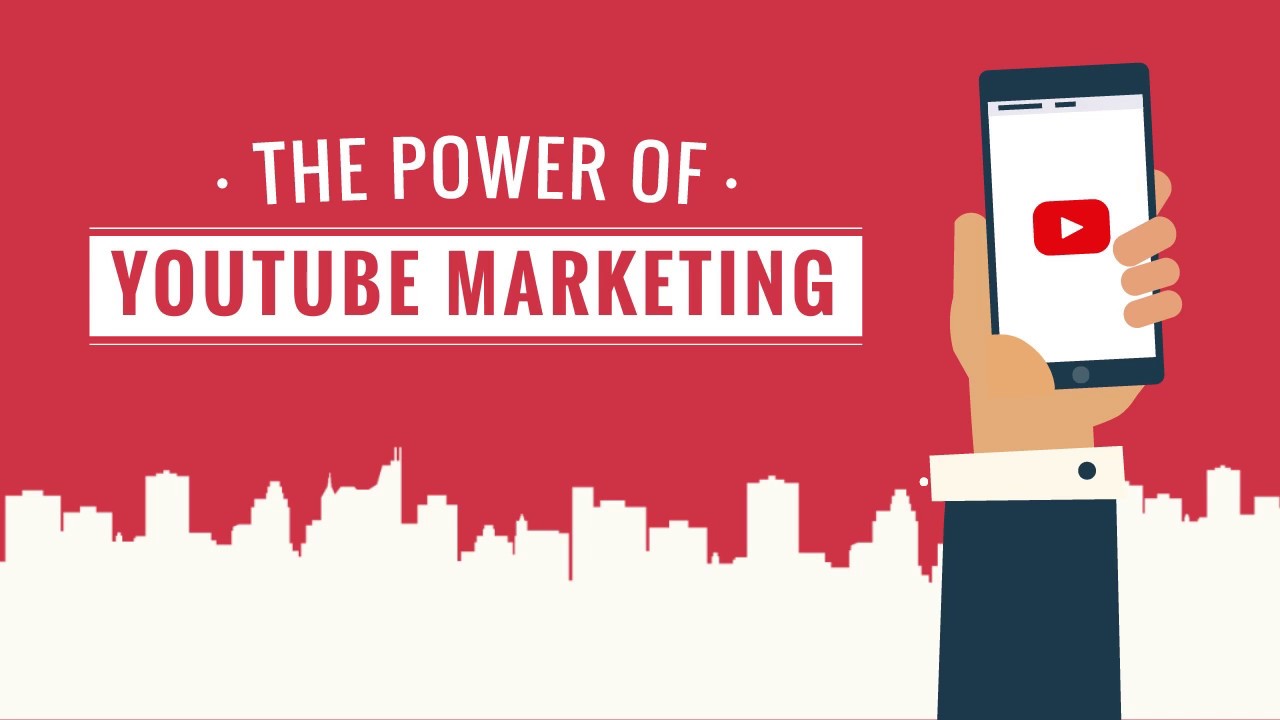In today’s digital age, social media has become a powerful tool for nonprofits to connect with their audience, raise awareness, and drive support for their causes. Social media marketing for nonprofits goes beyond just creating a presence; it involves crafting a compelling narrative, engaging with the community, and strategically leveraging platforms to achieve specific goals. In this blog, we’ll explore effective strategies that nonprofits can implement to make the most of their Youtube SMM panel efforts.
- Define Your Objectives: Before diving into social media, nonprofits need to clearly define their objectives. Whether it’s increasing donations, raising awareness, or recruiting volunteers, having specific and measurable goals will guide your social media strategy.
- Know Your Audience: Understanding your target audience is crucial for crafting content that resonates. Nonprofits often have diverse supporters, so segment your audience and tailor your messages accordingly. Consider demographics, interests, and online behaviors to create content that speaks directly to them.
- Create Compelling Content: Content is king in the realm of social media. Share stories that tug at the heartstrings, showcase the impact of your organization, and highlight the individuals behind the cause. Visual content such as images and videos tend to perform exceptionally well and can help convey your message more effectively.
- Leverage Different Platforms: Each social media platform has its own strengths and user demographics. Tailor your approach to fit the platform. For instance, Instagram and Pinterest are great for visual content, Twitter for real-time updates, and Facebook for community building. Don’t forget emerging platforms that may cater to your target audience.
- Engage with Your Community: Social media is a two-way street. Actively engage with your audience by responding to comments, messages, and mentions. Host Q&A sessions, polls, and discussions to encourage participation. Building a sense of community around your cause fosters loyalty and encourages supporters to become advocates.
- Utilize Paid Advertising: While organic reach is important, paid advertising can significantly boost your nonprofit’s visibility. Platforms like Facebook offer targeted advertising options that allow you to reach specific demographics, ensuring that your message reaches the right people.
- Tell Impactful Stories: Storytelling is a powerful tool for nonprofits. Share success stories, testimonials, and milestones to create an emotional connection with your audience. Humanizing your cause through stories makes it more relatable and encourages people to get involved.
- Host Fundraising Campaigns: Social media is an excellent platform for fundraising campaigns. Use dedicated hashtags, create visually appealing graphics, and leverage storytelling to convey the urgency of your cause. Encourage your followers to share and participate in your fundraising efforts.
- Measure and Analyze: Regularly analyze the performance of your social media campaigns. Use analytics tools provided by each platform to assess the reach, engagement, and impact of your content. This data will help you refine your strategy and focus on what works best for your nonprofit.
- Build Partnerships and Collaborations: Collaborate with other nonprofits, influencers, and businesses that share similar values. Partnerships can expand your reach and introduce your organization to new audiences. Coordinated efforts can amplify the impact of your social media campaigns.
Conclusion:
Social media marketing is a dynamic and ever-evolving landscape for nonprofits. By adopting these strategies, organizations can harness the full potential of social media to connect with their audience, drive engagement, and further their mission. In the digital era, effective social media marketing is not just a choice; it’s a necessity for nonprofits striving to make a positive impact on the world.
